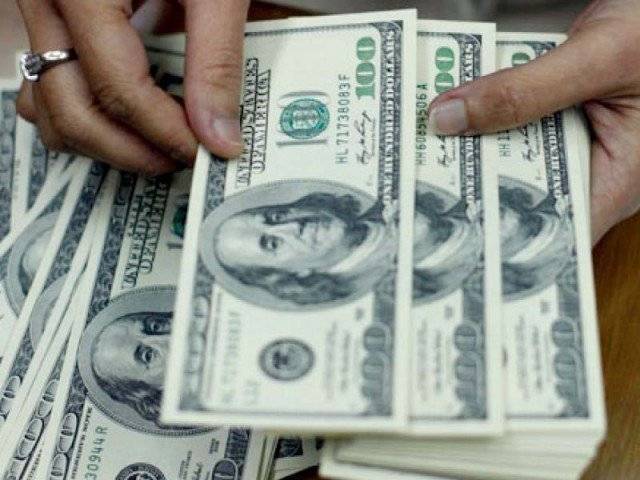LAHORE: Continued dependence on Chinese project financing and loans from other foreign commercial banks is creating implications for debt servicing costs that are rising sharply, experts believe unanimously.
They are of the view that they anxiously are awaiting developments on the balance of payments front during the on-going financial year. Talking to Pakistan Today they said that there has been a visible tendency on the part of traditional lenders to reduce annual assistance to Pakistan in the form of either project or program loans.
“The government expects to reduce its overall borrowing by over $ 2.2 billion this year in comparison to $ 10.6 billion in 2016-17,” they said. The budget estimates for 2017-18 of foreign assistance continue to be adhered to the old pattern, with over 74 per cent expected from multilateral agencies and a much reduced 26 per cent for floating Sukuk bond and borrowing from commercial banks.
Distinguished economist and former federal minister Dr Hafiz Pasha said that the government’s dependability for the budget estimate for 2017-18 on foreign assistance, in fact, entails a big drawdown of foreign exchange reserves. Dr Hafiz Pasha is of the view that the gross government external borrowing has already crossed a record-breaking level of $ 5.3 billion that clearly indicates that the current account position in the balance of payments has worsened sharply as the year progressed.
‘There has been a need to resort to large-scale commercial borrowing to prevent a precipitous decline in foreign exchange reserves. He pointed implications on debt servicing obligations of the changing profile as substantial, adding that amortisation period was much shorter and the rate of interest was significantly higher on commercial loans.
The external financing requirement could approach $ 19 billion; he said adding that the current account deficit was being projected at $ 14 billion, with relatively fast growth in imports. He believes modest growth in exports and remittances and the repayment of public external debt would come up to $ 5 billion. FDI and net private borrowing could rise to $ 4 billion, due to more FDI especially from China, gross external government borrowing and grants are budgeted at just over $ 8 billion. The result will be a financing gap of as large as $ 7 billion.
Eminent economist and former economic adviser Dr Ashfaq H Khan said both public and external debts are on the rise at a threatening pace where the country has added $ 32.7 billion in external debt and liabilities during the last eight years.
He is of the view that almost 45 per cent of total external debt and liabilities have been added during the last year alone. He said, adding that the finance minister was responsible for whatever was happening on the external balance of payment position.
The unravelling of Pakistan’s economy has begun and the fragility of the outcomes of the policies started evidently. The key macroeconomic aggregates, which were inflated during the duration of the programme to show better performance, have now themselves become the source of exhibiting deteriorating trends, he added.
























